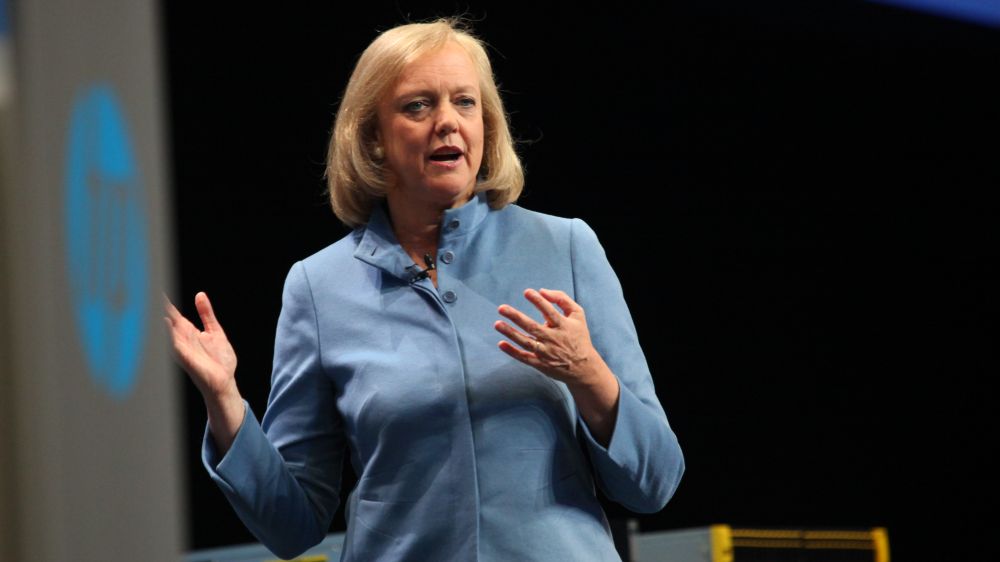HP split will cost billions
Valid sacrifice for the long term savings?

Hewlett-Packard will absorb more than $2 billion (around £1.29 billion, or AU$2.56 billion) in costs as part of its move to split the company in two later this year.
Speaking after a lukewarm results release, CEO Meg Whitman told analysts that "dis-synergy" costs for the split will total between $400 million (around £258.3 million, or AU$511 million) and $450 million (around £290.6 million, or AU$575 million) that will be "divided equally between the two companies," according to Fortune.
In addition to that charge it will spend $1.8 billion (around £1.16 billion, or AU$2.3 billion) in restructuring and $950 million (around £613 million, or AU$1.2 billion) in taxes to make sure that the split goes off without a hitch. Although Cathie Lesjak, HP's CFO, went on to explain that splitting the firm in will create "two new efficient" companies and present "significant opportunities for cost reductions" that could total as much as $1 billion (around £650 million, or AU$1.28 billion).
HP, in its current unified form, took $25.5 billion (around £16.4 billion, or AU$32.5 billion) in revenue during Q2 2015, down on the $27.3 billion (around £17.6 billion, or AU$34.8 billion) of the year before.
Hewlett-Packard Enterprise is expected to be the stronger of the two new firms and HP's current enterprise group took in $6.56 billion (around £4.24 billion, or AU$8.38 billion) in revenue during the quarter compared to the $6.63 billion (around £4.28 billion, or AU$8.45 billion) it generated last year. Even with this being the case it saw a jump in revenue for its servers to $3.12 billion (around £2.02 billion, or AU$3.999 billion) from $2.83 billion (around £1.83 billion, or AU$3.62 billion) last year and the small drop off can be blamed on the storage and networking products.
Scaling back in China
HP Inc, meanwhile, will be focused on PCs and printers, taking over from the printing and personal systems group. That part of the company saw revenue drop from $14.01 billion (around £9.05 billion, or AU$17.91 billion) last year to $13.19 billion (around £8.52 billion, or AU$16.86 billion) this year due to a weaker than expected performance in the PC sector.
Lastly, the firm also announced that it is scaling back it Chinese operations in the face of a drop in demand due to US spying revelations. As part of this move it has sold 51% of its Far East data networking operation to Tsinghua Holdings for $2.3 billion (around £1.49 billion, or AU$2.94 billion) and is hanging on to the parts of the business that are less politically sensitive.
Sign up to the TechRadar Pro newsletter to get all the top news, opinion, features and guidance your business needs to succeed!